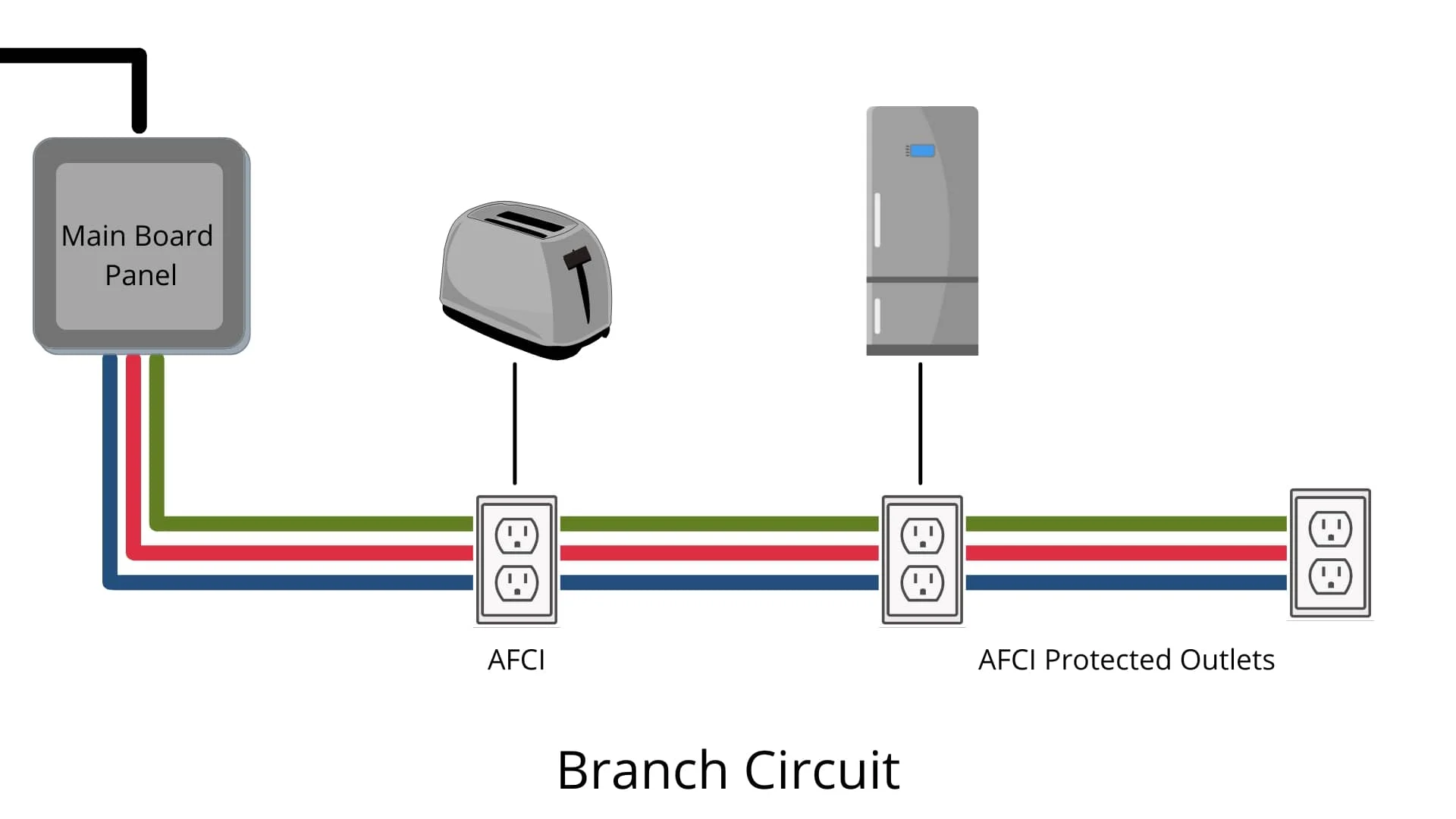Market Overview
As the world moves toward smarter, safer living environments, the Arc Fault Circuit Interrupter (AFCI) market is experiencing robust expansion. Estimated at USD 4.8 billion in 2023, it is projected to nearly double to USD 9.7 billion by 2031, underpinned by both regulatory momentum and technological evolution.
Key Drivers of Growth
Evolving Safety Codes
Global construction and renovation practices are increasingly shaped by national safety codes requiring AFCI integration. The United States’ NEC mandates serve as a template, with adoption spreading across high-growth regions such as Asia-Pacific and the Middle East.
Smart Infrastructure Integration
AFCIs are becoming integral components in smart buildings, contributing to proactive fault detection and remote management. These enhancements make AFCIs attractive not just from a safety standpoint, but also as part of building automation ecosystems.
Fire Risk Mitigation
Electrical arc faults remain a leading cause of structure fires. AFCIs offer targeted protection that traditional circuit breakers cannot, aligning well with both consumer safety expectations and insurer requirements.
Segment Insights
- By Product Type: The Combination AFCI segment is gaining prominence for its dual arc protection capabilities.
- By Application: While the residential market continues to dominate, commercial adoption is gaining ground, particularly in educational, healthcare, and hospitality infrastructures.
Regional Analysis
- North America: Continues to lead in adoption due to code enforcement and awareness.
- Europe: A growth region supported by sustainability initiatives and fire code enhancements.
- Asia-Pacific: Fastest-growing region driven by rapid construction and modernization efforts.
Market Challenges
- Cost Barriers: The relatively high cost of AFCI devices versus conventional breakers continues to constrain adoption in developing regions.
- Implementation Gaps: Many older buildings require extensive electrical overhauls to support AFCI integration.
- Market Education: Low consumer and contractor awareness in emerging economies limits demand potential.
Future Opportunities
- IoT-Enabled Safety Networks: Future AFCIs can serve as nodes within smart energy grids and predictive maintenance platforms.
- Insurance Tech Partnerships: Aligning AFCI solutions with insurers’ risk models could unlock shared value across sectors.
- Global Standards Harmonization: Establishing international product benchmarks could streamline adoption and manufacturing efficiency.
Conclusion
The AFCI market represents a convergence of regulatory policy, smart building trends, and consumer safety priorities. Stakeholders that anticipate regulatory shifts, invest in user-friendly technologies, and foster ecosystem partnerships will be best positioned to lead in this rapidly evolving landscape.

